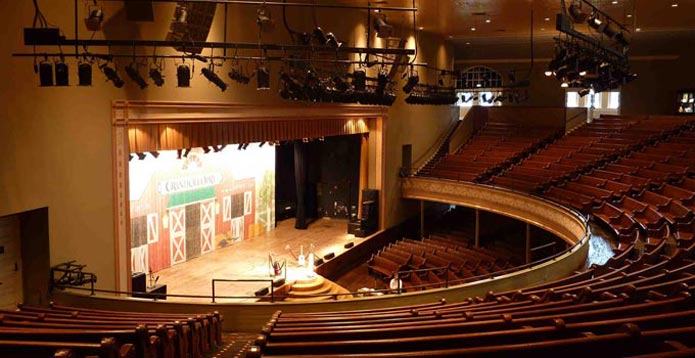A New Typology of Popular Music Performance Spaces


The number and range of popular music venues are uncountable. Every town, every city, and many rural locations have places where popular music is regularly performed. The importance of the local venue cannot be underestimated in providing support for musical activity, however, it is only natural that some locations gain greater importance in terms of the development of distinct musical scenes that then expand into national and international recognition. This characteristically happens in large cities, where the pool of musicians and the audiences to see them are readily available. Music performance is therefore intrinsically linked to the place in which it happens. Place can mean the country, region, city, neighbourhood, and the actual venue.
The architecture of a venue can have a highly significant effect on the character, power, and relevance of the performance, adding layers of meaning and expression for both performer and audience. The geographical place and the architectural environment in which music is performed not only helps determine the character and success of the performance, it also influences the style and form of the music itself. This development is shaped by the association of like-minded musicians and audiences that meet at and share in the use of the venue. Cross-fertilisation occurs, movements begin, flourish and end. The sound of the venue is recreated in recordings, and promoted in associated fashions, artwork, and videos. These musical movements are then reinvested into design culture that is in turn reflected in the related fields of stage, interior, and architectural design. In this way a single venue can nurture an entire movement that changes the character of a city and its image around the world.
Popular music venues have significance as a distinct genre of buildings that has multiple sources of inspiration and routes to realisation. This is a building type that is an essential component in the success of an immensely popular and culturally significant phenomenon that describes so clearly (and with, of course, so many apparent contradictions) what people think about their way of life and place in society.
This research attempts to enhance our understanding of the physical space of popular music performance by examining how these spaces have been created. In order to do this, buildings, spaces and stages have been identified in a new categorisation as; adopted, adapted and dedicated architectural environments. The examples below are included in the first major publication from the research; Live Architecture: Venues, Stages and Arenas (see publications).
Adopted buildings and spaces are those designed for other uses that have come into use informally for music performance.
Adapted buildings and spaces are those that have been significantly modified from previous uses.
Dedicated buildings and spaces are those that have been specially designed.
Mobile performance facilities also require a category because of their special flexibility, as they can be both adapted and dedicated structures that may be used to adapt existing buildings or open sites.
Call the department
+44 (0)151 795 0500